Ynglŷn â'r Ymchwiliad
Mae Ymchwiliad Covid-19 y DU
- darganfod beth ddigwyddodd yn ystod y pandemig covid-19 yn y DU
- dysgu sut i baratoi ar gyfer pandemigau yn y dyfodol
Mae'r Ymchwiliad wedi'i rannu'n modiwlau.
Mae pob modiwl yn ymwneud â phwnc gwahanol. Mae gan bob modiwl:
- gwrandawiadau cyhoeddus: digwyddiadau lle mae pobl yn siarad am eu profiadau
- adroddiad
Mae Pob Stori o Bwys
Mae Pob Stori o Bwys yw un ffordd y casglodd yr Ymchwiliad brofiadau pobl o'r pandemig.
Helpodd straeon ni i ddysgu am yr hyn a ddigwyddodd, a phenderfynu sut i wneud pethau'n wahanol yn y dyfodol.
Efallai y byddwch chi'n teimlo'n ofidus wrth ddarllen y straeon a gall fod yn ddefnyddiol cymryd seibiannau wrth ddarllen y cofnod hwn. Efallai yr hoffech chi hefyd gael rhywfaint o gymorth a dyma ddolen i wybodaeth am gael cymorth: https://covid19.public-inquiry.uk/support–tra-ymgysylltu-â'r-ymholiad/
Cofnodion
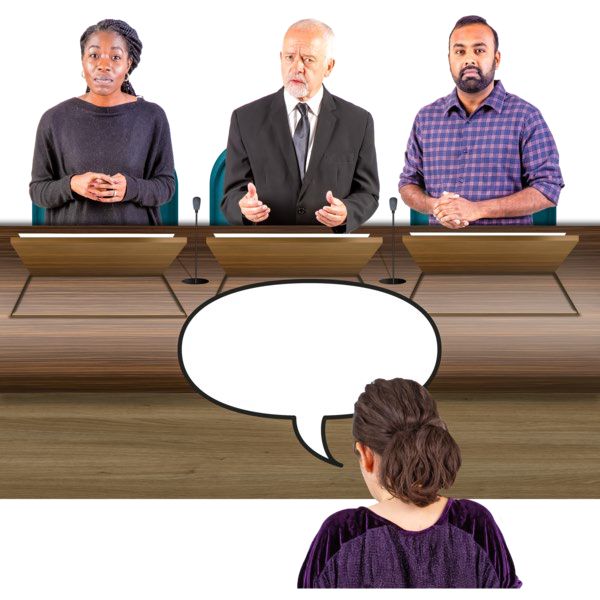
Mae pob modiwl yn defnyddio tystiolaeth o Mae Every Story Matters yn cofnodi.
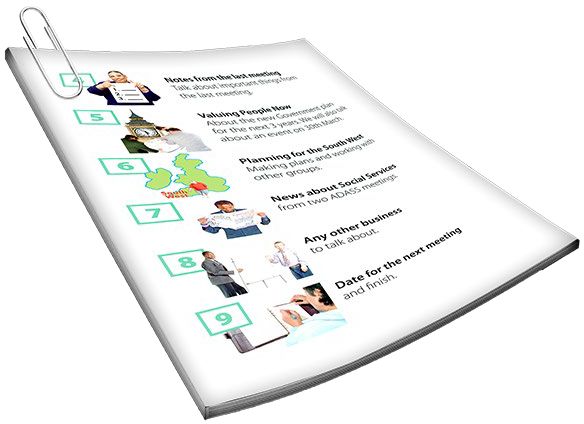
Pob un cofnod yn grynodeb o'r pethau a ddywedodd pobl wrthym.
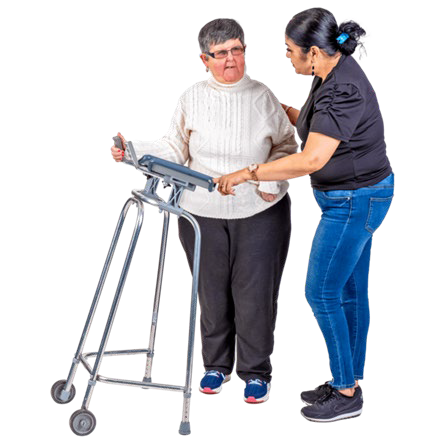
Y ddogfen hon yw'r fersiwn Hawdd ei Darllen o'r Gofal Cymdeithasol i Oedolion record.
Mae cofnodion Mae Pob Stori’n Bwysig ar ein gwefan: https://www.covid19.public-inquiry.uk/pob-stori-materion/cofnodion/
Gofal Cymdeithasol i Oedolion
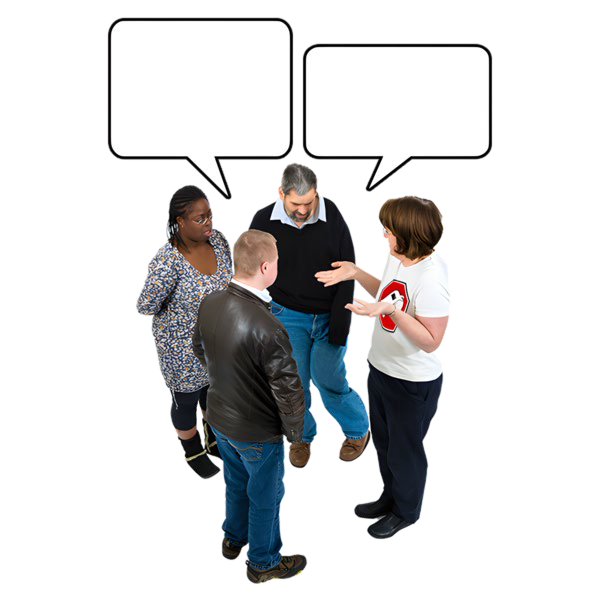
Dywedodd pobl wrthym am eu profiadau o Gofal Cymdeithasol i Oedolion mewn cartrefi gofal ac yn eu cartrefi eu hunain.
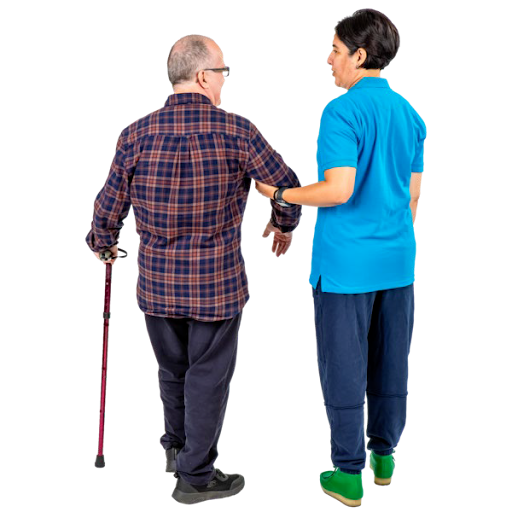
Gofal Cymdeithasol i Oedolion yn golygu cymorth gyda phethau bob dydd.
Er enghraifft, gwisgo, golchi a gwneud bwyd.
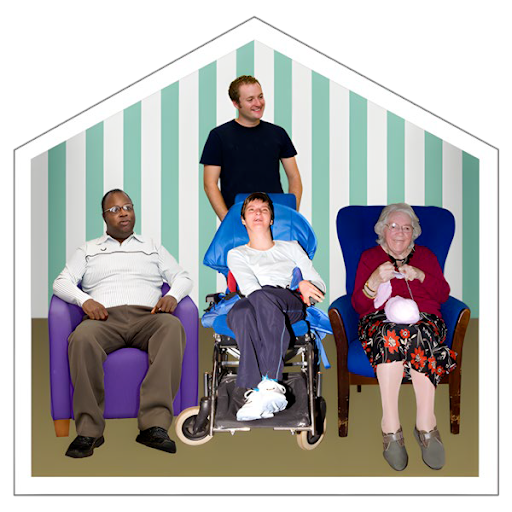
Mae Gofal Cymdeithasol i Oedolion yn cynnwys pobl sydd:
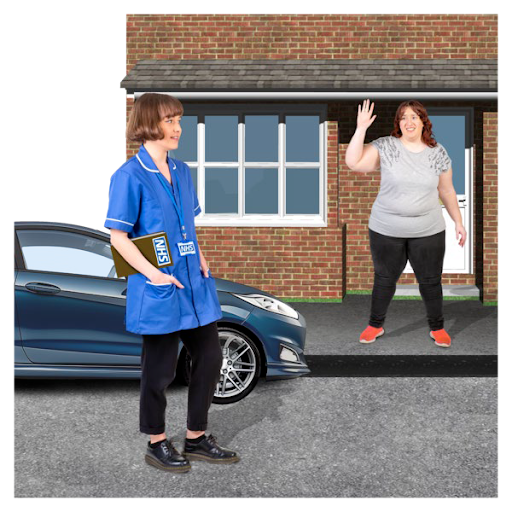
- byw mewn cartrefi gofal
- gweithio mewn cartrefi gofal
- gofalu am aelod o'r teulu
- cael gofal yn eu cartref
- a yw gweithwyr gofal yn ymweld â phobl yn eu cartrefi eu hunain
Cloeon
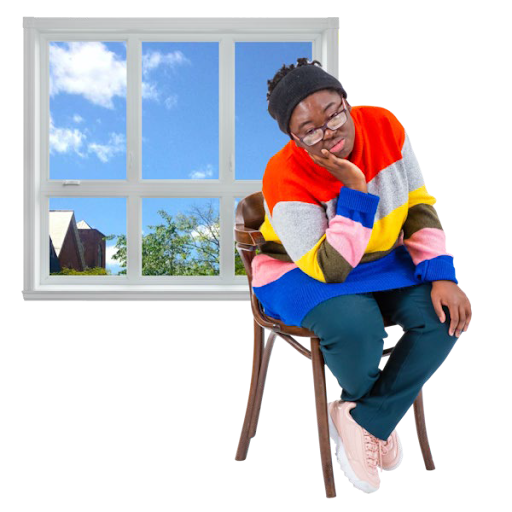
Dywedodd pobl wrthym ni fod:
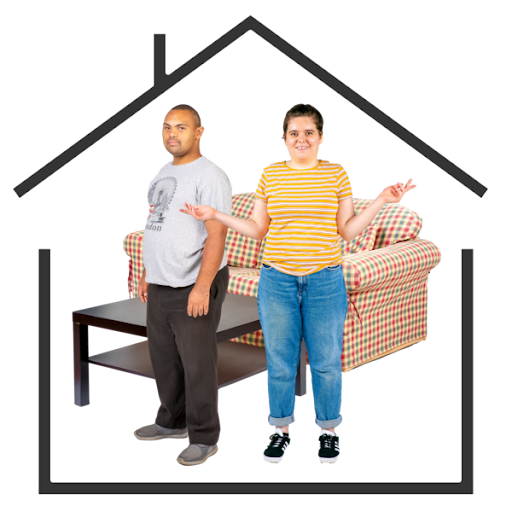
- roedden nhw'n teimlo'n unig ac ynysig
- cawsant lai o gefnogaeth
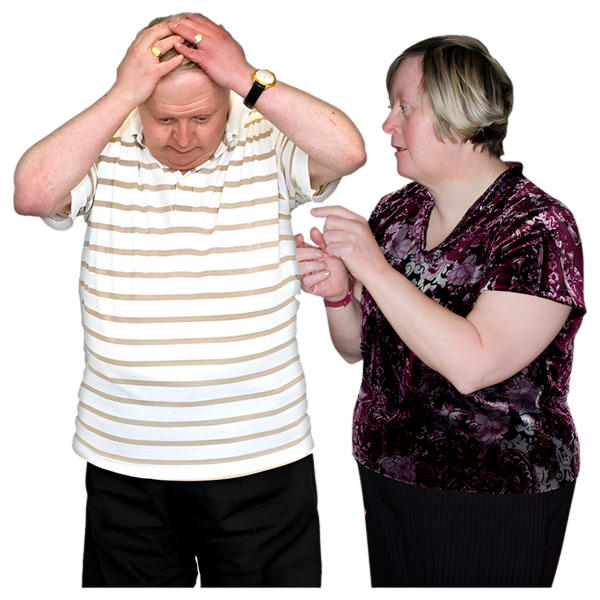
- roedden nhw'n cael trafferth gyda thasgau dyddiol
- ni allai ffrindiau a theulu ymweld â chartrefi gofal
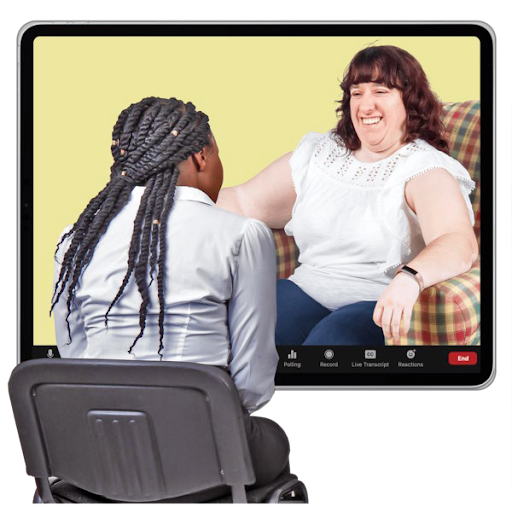
- nid oedd pobl ag anableddau dysgu neu ddementia yn deall pam fod ymweliadau wedi dod i ben
- roedd galwadau fideo yn ddefnyddiol i rai pobl ond yn ddryslyd i eraill
Gofal diwedd oes
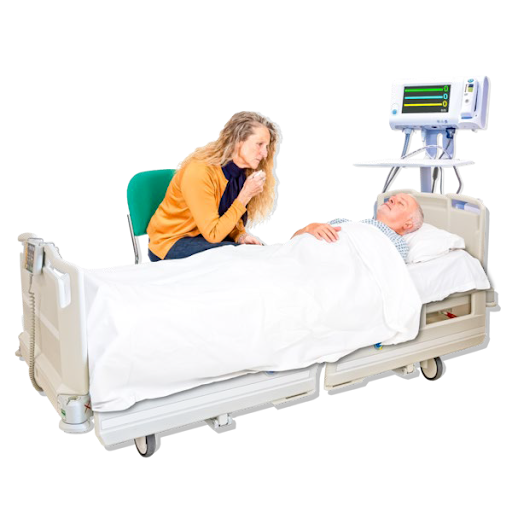
Nid oedd llawer o deuluoedd yn gallu bod gyda'u hanwyliaid pan fuont farw. Roedd hyn yn gwneud i bobl deimlo'n drist ac yn flin.
Cafodd rhai pobl ofal gartref cyn eu marwolaeth. Ni chafodd llawer o ofalwyr ddigon o gefnogaeth gyda hyn.
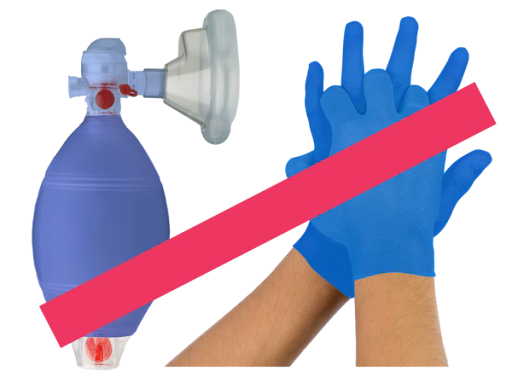
DNACPR nid oedd cyfarwyddiadau bob amser yn cael eu defnyddio'n iawn. Roedd gan rai pobl DNACPR yn eu nodiadau, pan na ddylent fod wedi gwneud.
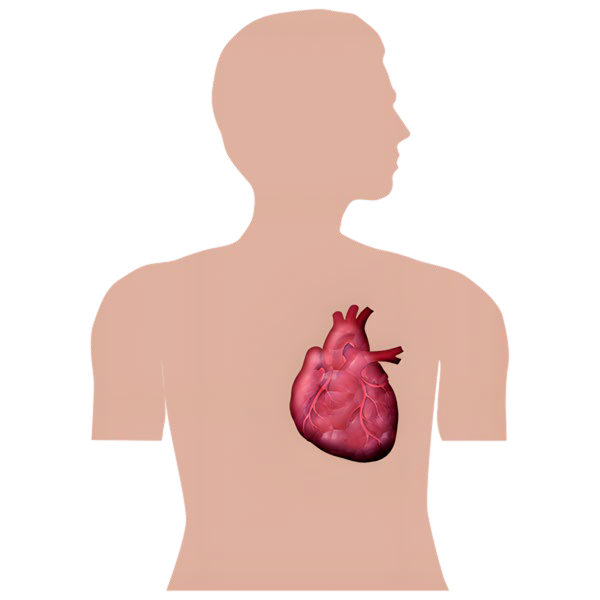
DNACPR yn golygu os bydd calon rhywun yn stopio, ni fydd meddygon yn ceisio ei gychwyn eto. Maen nhw'n gadael i'r person farw'n heddychlon.
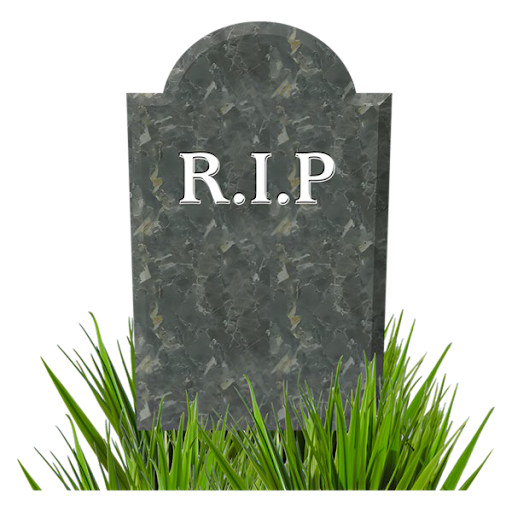
Ni allai teulu a ffrindiau ddod at ei gilydd ar gyfer angladdau.
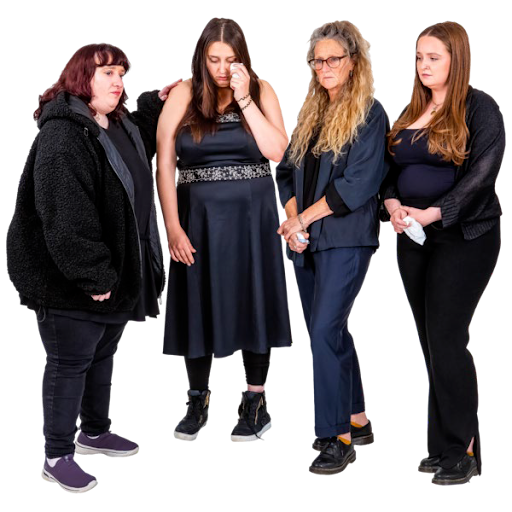
Mae angladdau a digwyddiadau crefyddol eraill yn bwysig iawn i bobl sydd wedi colli ffrind neu aelod o'r teulu.
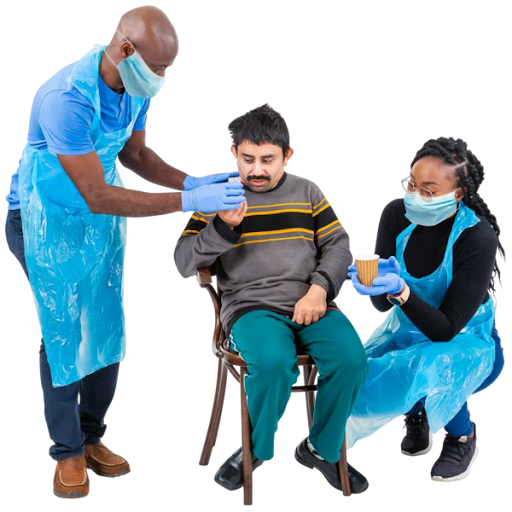
Roedd gweithwyr gofal mewn cartrefi gofal yn gofalu am bobl nes iddyn nhw farw. Ni allai staff gofal iechyd ymweld i helpu fel y byddent fel arfer.
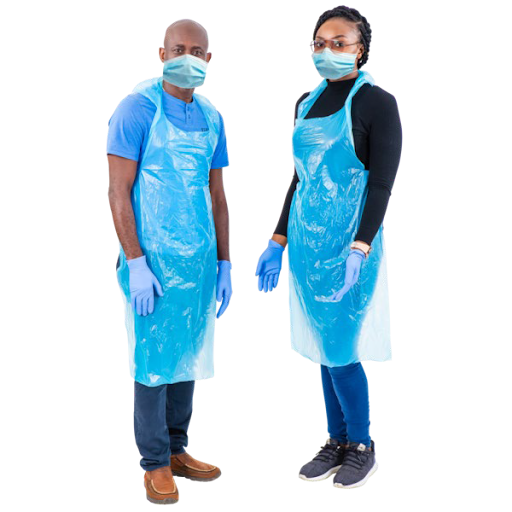
Roedd hyn yn anodd iawn i weithwyr gofal. Roedden nhw'n gweithio oriau ychwanegol er mwyn iddyn nhw allu bod gyda phobl pan fydden nhw'n marw.
Gweithwyr gofal
Nid oedd llawer o weithwyr gofal yn gallu mynd i'r gwaith oherwydd eu bod yn sâl neu'n ynysu.

Roedd cartrefi gofal yn defnyddio mwy o staff asiantaeth. Roedd gweithwyr gofal yn gweithio mwy o oriau. Symudodd rhai staff i gartrefi gofal.
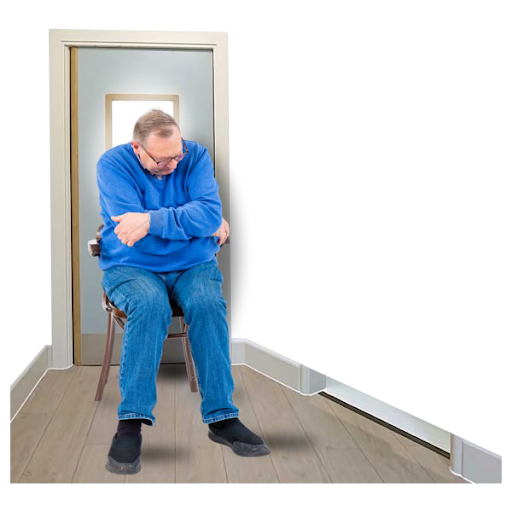
Roedd gan bobl a gafodd ofal gartref lai o ymweliadau byrrach. Dim ond cymorth gyda'r pethau pwysicaf a gawsant. Gwnaeth hyn fywyd yn anodd iawn.
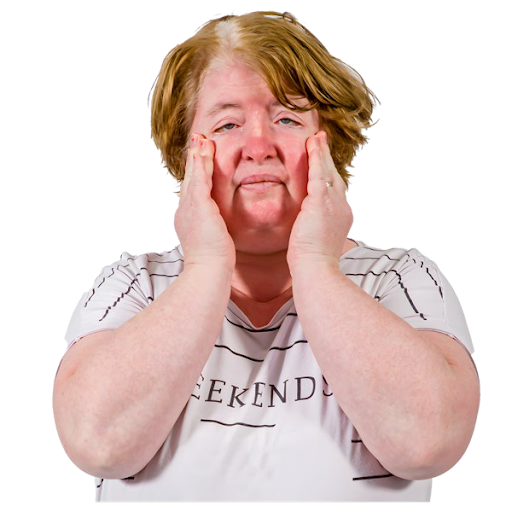
Roedd llawer o weithwyr gofal a gofalwyr teuluol yn teimlo'n flinedig iawn. Nid oedd digon o gefnogaeth. Roeddent yn teimlo nad oedd neb yn sylwi pa mor galed yr oeddent yn gweithio.
Gadael yr ysbyty i fynd i gartref gofal
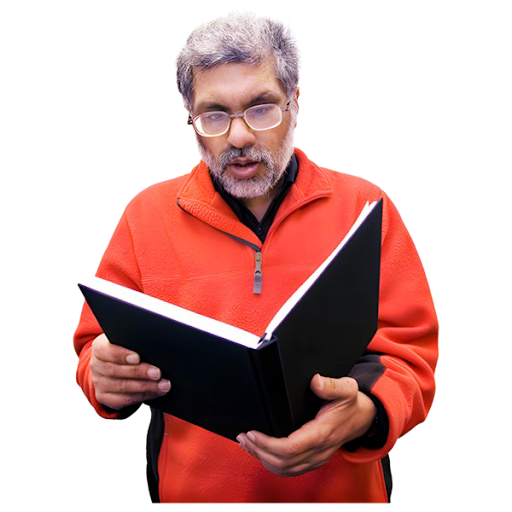
Ni chafodd cartrefi gofal ddigon o wybodaeth am bobl oedd yn gadael yr ysbyty.
Roedd cartrefi gofal yn teimlo bod yn rhaid iddyn nhw gymryd pobl, oherwydd nad oedd digon o le mewn ysbytai.
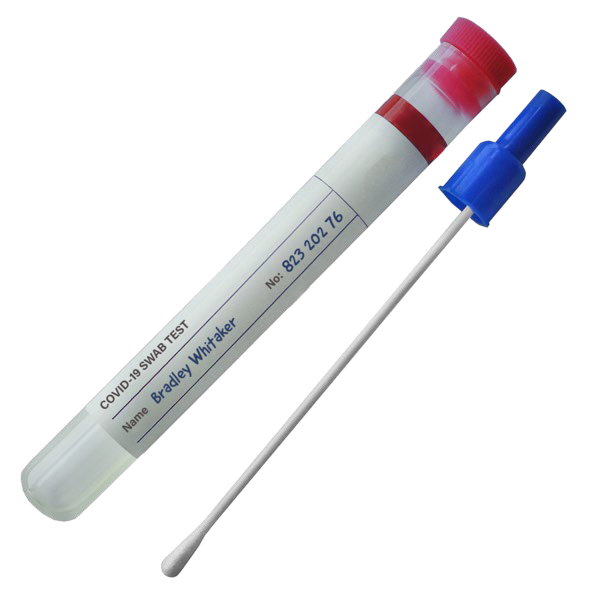
Ni chafodd rhai pobl eu profi am Covid pan adawon nhw'r ysbyty. Gwnaeth hyn i staff a theuluoedd deimlo'n bryderus iawn.
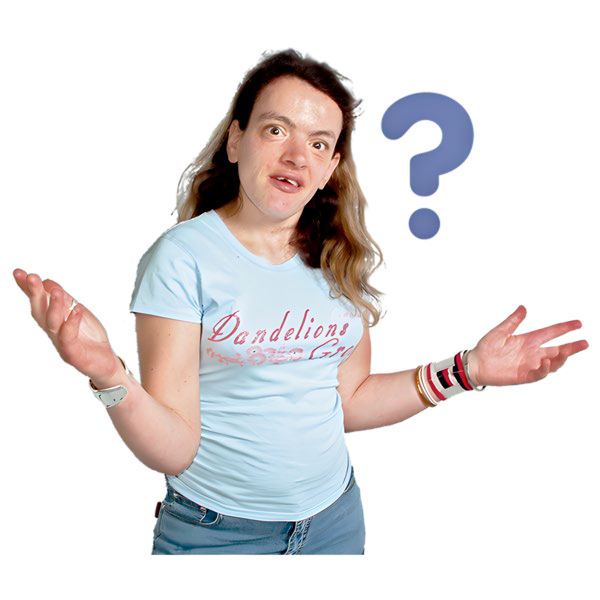
Ni chafodd rhai teuluoedd wybod pryd roedd eu hanwylyd ar fin cael ei ryddhau o'r ysbyty.
Atal y firws rhag lledaenu
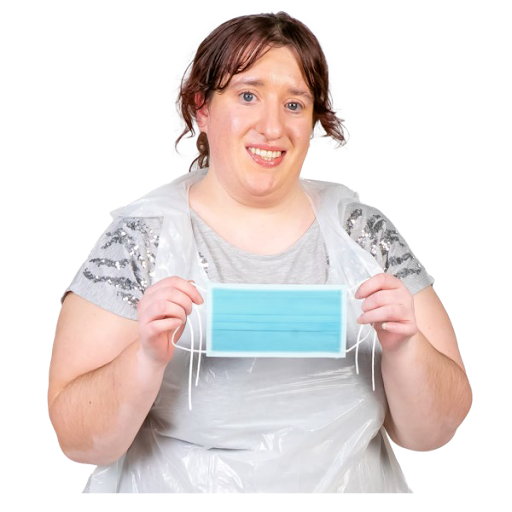
Ar ddechrau'r pandemig, nid oedd digon PPE.
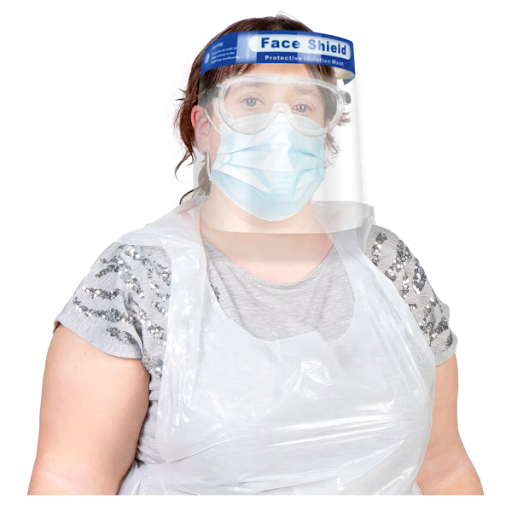
PPE yn golygu offer amddiffynnol personol. Er enghraifft, masgiau, ffedogau a menig.
Roedd yn rhaid i rai gofalwyr ailddefnyddio PPE a oedd i fod i gael ei ddefnyddio unwaith yn unig.
Nid oedd ansawdd y PPE bob amser yn ddigon da.
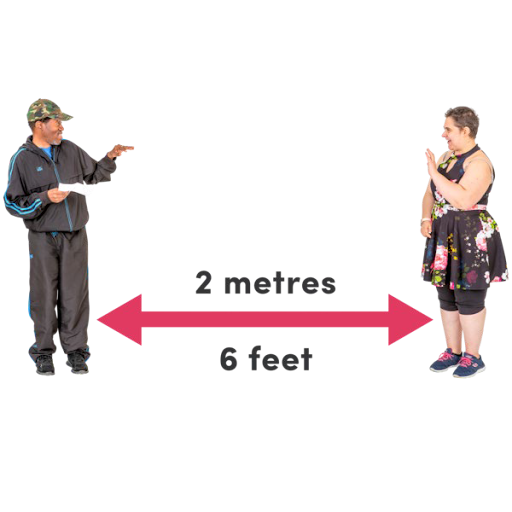
Defnyddiwyd cadw pellter cymdeithasol i atal y firws rhag lledaenu.
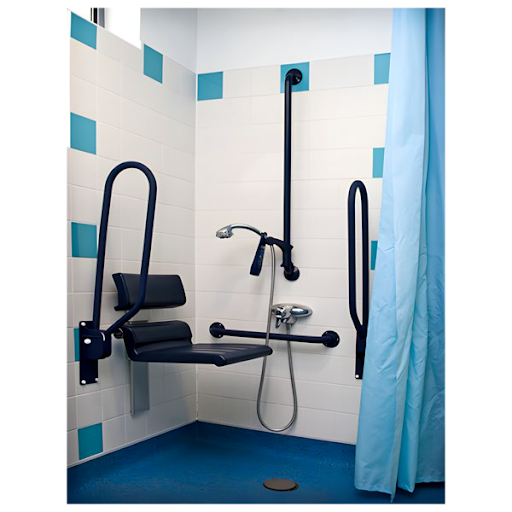
Ond ni allai gweithwyr gofal wneud hyn pan oeddent yn helpu pobl i ymolchi, gwisgo a bwyta.
Profi
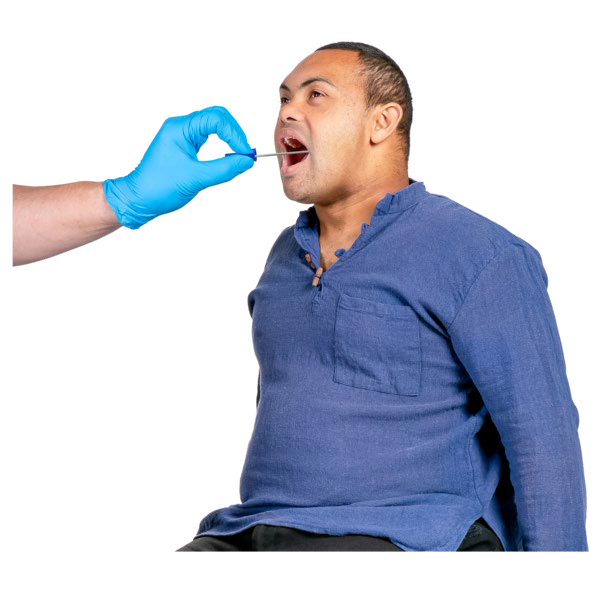
Gwnaed profion yn wahanol mewn gwahanol sefydliadau.
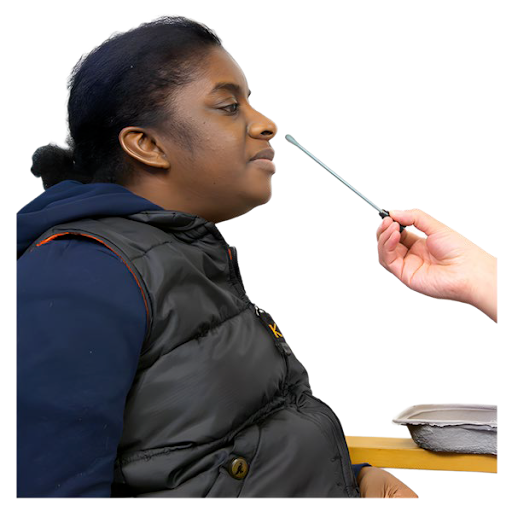
Roedd rhaid i staff gofal gymryd prawf bob dydd, neu bob wythnos, neu dim ond os oedden nhw'n sâl. Roedd hyn yn ddryslyd.
Cael gofal iechyd
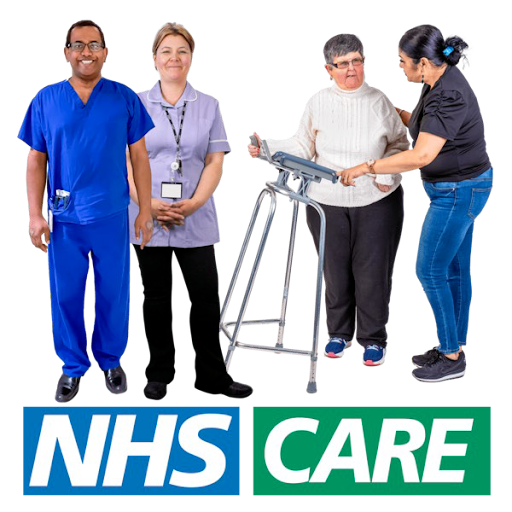
Roedd pobl yn teimlo bod gwasanaethau iechyd wedi'u diogelu'n well na gofal cymdeithasol.
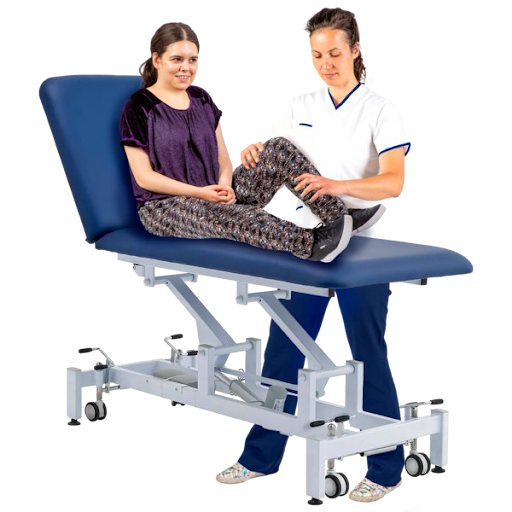
Ni allai pobl gael yr apwyntiadau a'r cymorth yr oeddent eu hangen.
Effeithiodd hyn ar eu hiechyd.
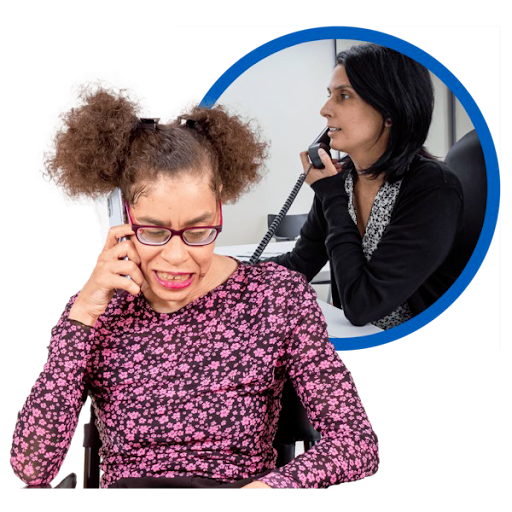
Nid oedd apwyntiadau ar-lein a dros y ffôn yn gweithio'n dda i bawb.
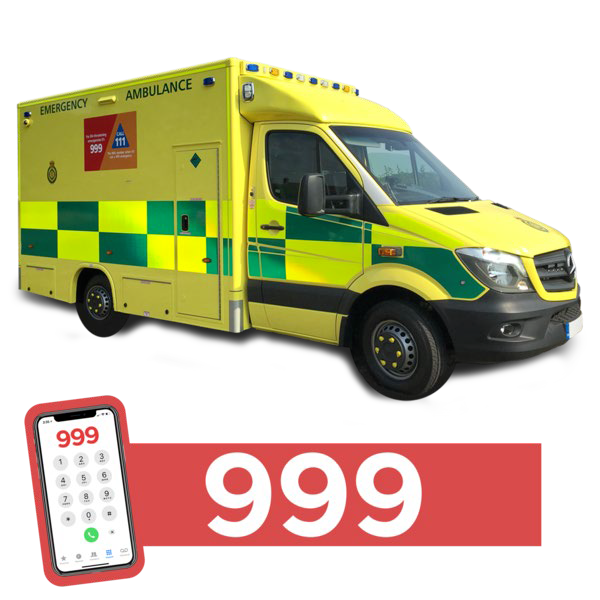
Roedd hi'n anodd cael gofal iechyd brys.
Mwy o wybodaeth
Lawrlwythwch fersiwn lawn o'r record yma:
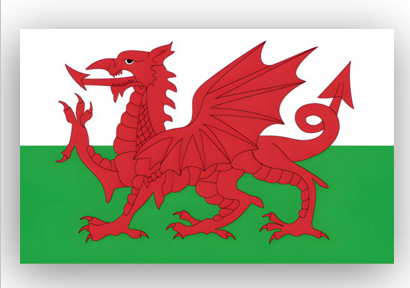
Gallwch ofyn am fersiwn fer o'r cofnod mewn fformatau eraill:
- Saesneg
- Cymraeg

